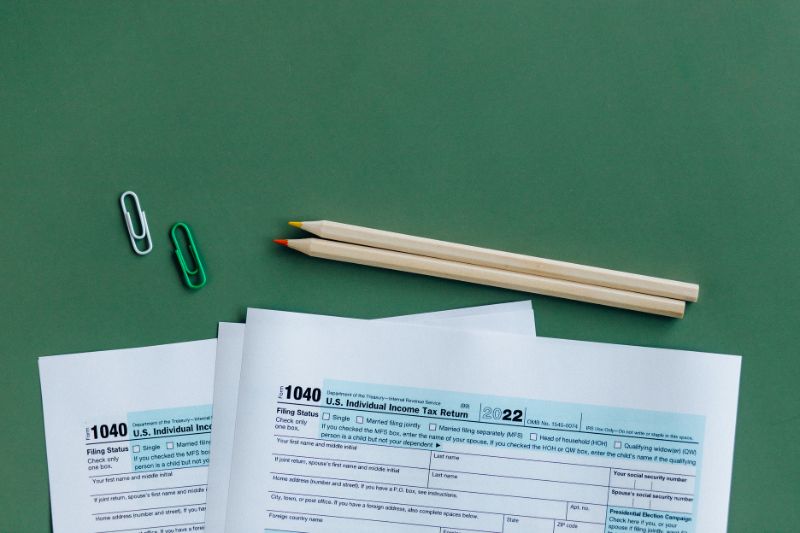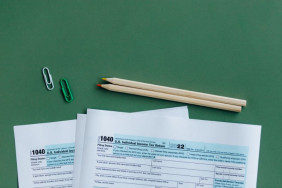The Form 1040, also known as the "U.S. Individual Income Tax Return," is the standard form most U.S. taxpayers use to report their income, deductions, and credits to the Internal Revenue Service (IRS). However, alternative forms may be used depending on an individual's tax situation. These include:
- Form 1040A: This is a shorter version of Form 1040 and can be used by taxpayers with a simpler tax situation. Taxpayers typically use it with less income and fewer deductions than those who use Form 1040. Taxpayers who use this form cannot itemize their deductions and are limited to claiming certain credits.
- Form 1040EZ: This is the simplest version of Form 1040 and can be used by taxpayers with very basic tax situations. Taxpayers typically use it with less income and fewer deductions than those who use Form 1040A. Taxpayers who use this form cannot itemize their deductions and are limited to claiming certain credits. Also, they must be Single or Married filing jointly, taxable income must be under $100,000, and only have Wages, salaries, tips, taxable scholarship and fellowship grants, unemployment compensation, or Alaska Permanent Fund dividends, and no dependents.
- Form 1040-SR: This form is similar to Form 1040, but it has a larger font and is designed to be more user-friendly for taxpayers aged 65 and older.
- Form 1040-NR: This form is used by nonresident aliens who have income from U.S. sources and must report it to the IRS.
It's important to note that not all taxpayers are eligible to use these alternative forms and it's advisable to consult the IRS website or a tax professional to determine which form is the best for your situation.
What is the difference between a 1040A and 1040EZ form?
Form 1040A, also known as the "U.S. Individual Income Tax Return," is a shorter version of Form 1040 that taxpayers can use with a more straightforward tax situation. Taxpayers typically use it with less income and fewer deductions than those who use Form 1040. Form 1040EZ, also known as the "Income Tax Return for Single and Joint Filers with No Dependents," is the simplest version of Form 1040. Taxpayers typically use it with less income and fewer deductions than those who use Form 1040A.
Form 1040A and 1040EZ have their instructions, and taxpayers can only use them if they meet specific criteria. It's advisable to consult the IRS website or a tax professional to determine which form is the best for your situation.
Can I file a 1040 form for the previous year?
Yes, you can file a Form 1040 for a previous year if you did not file a return for that year or if you need to make changes to a previously filed return. The process is called an "amended return," and it's done by filing a Form 1040X, Amended U.S. Individual Income Tax Return. Remember that there are time limits for filing an amended return, typically 3 years from the original due date or 2 years from the date the tax was paid, whichever is later. Also, if you are filing an amended return to claim a refund, you must file within 3 years from the original due date or 2 years from the date the tax was paid, whichever is later. It's essential to consult the instruction of Form 1040X or a tax professional for more information about the process.



 Step-by-Step Guide on Filling Out Form 1040
Step-by-Step Guide on Filling Out Form 1040
 IRS Form 1040 & Its Alternatives
IRS Form 1040 & Its Alternatives
